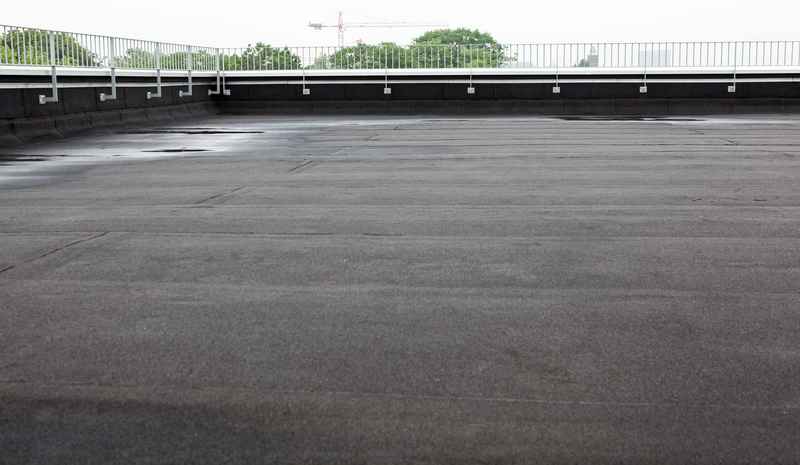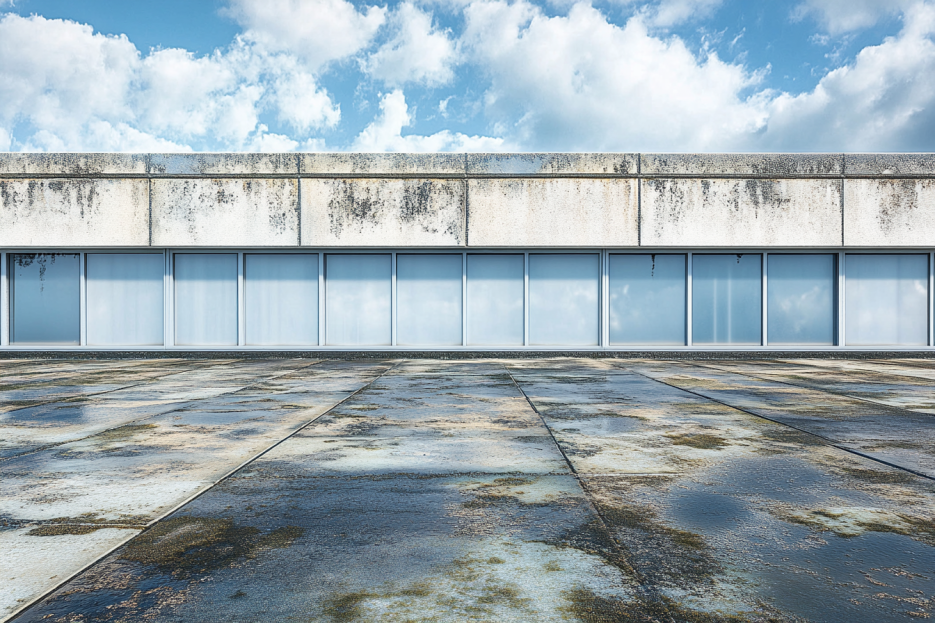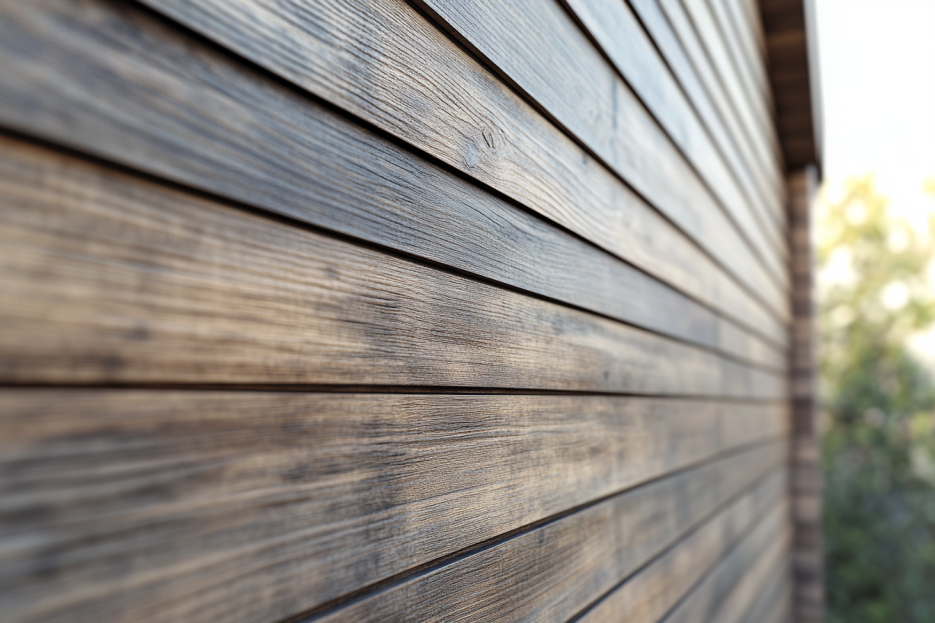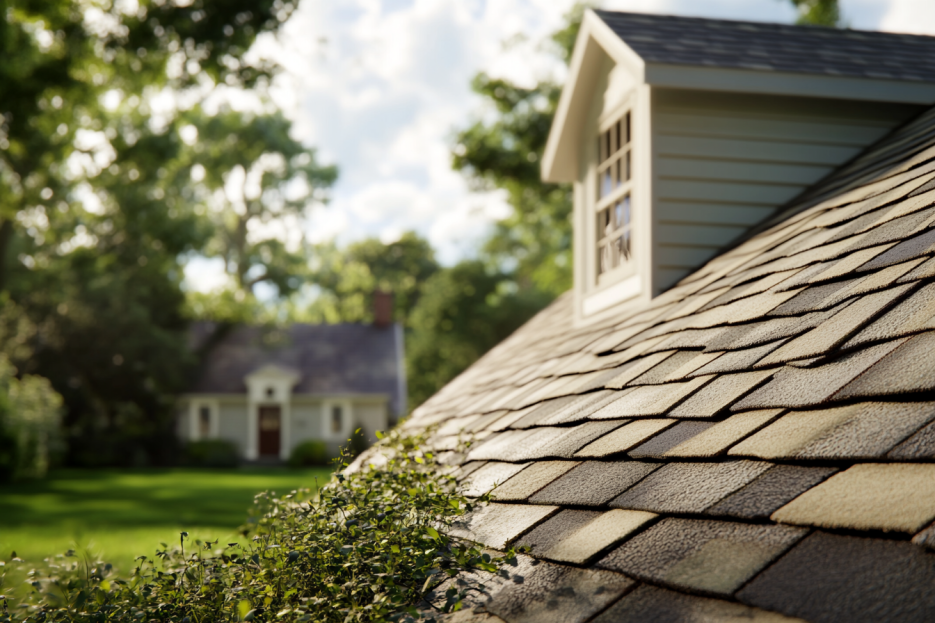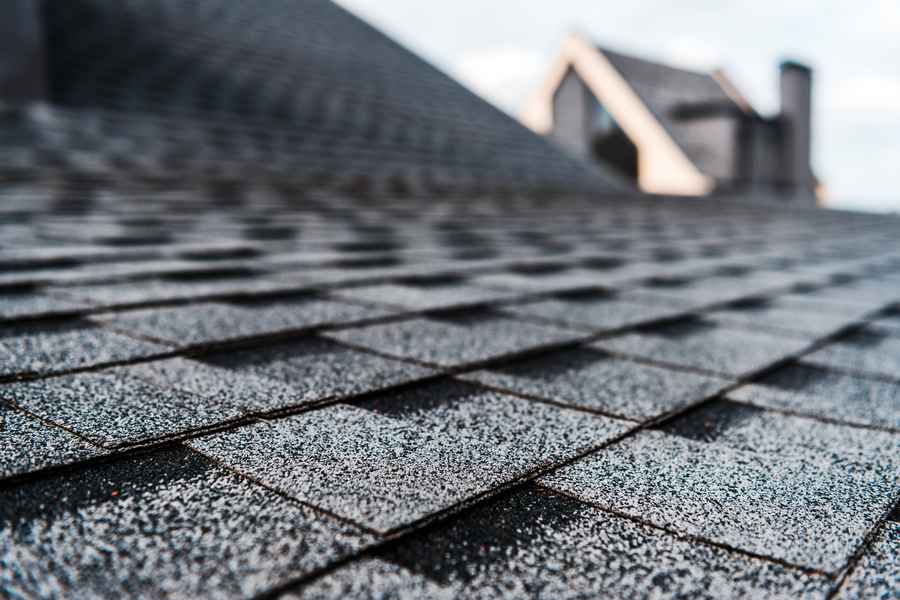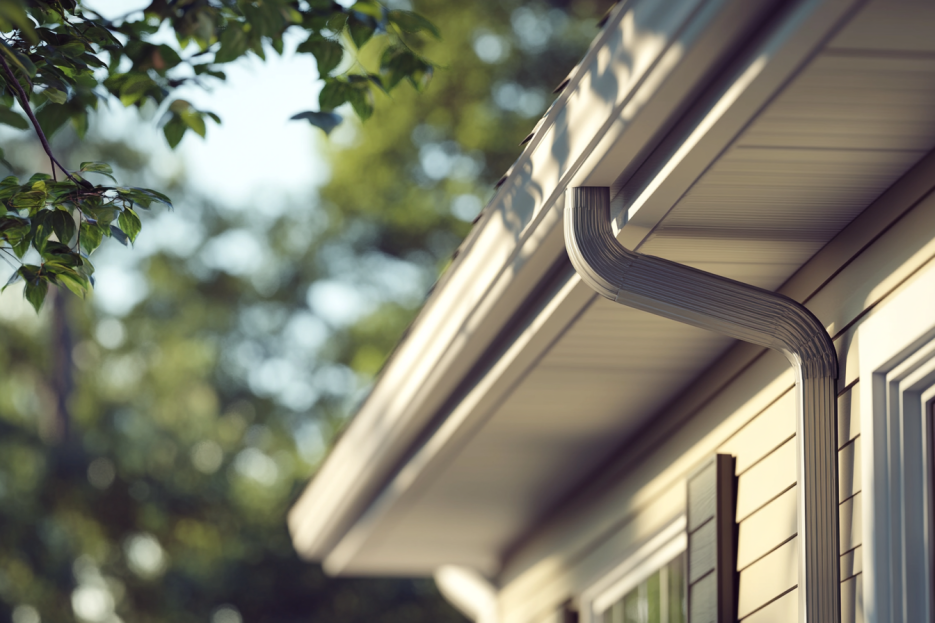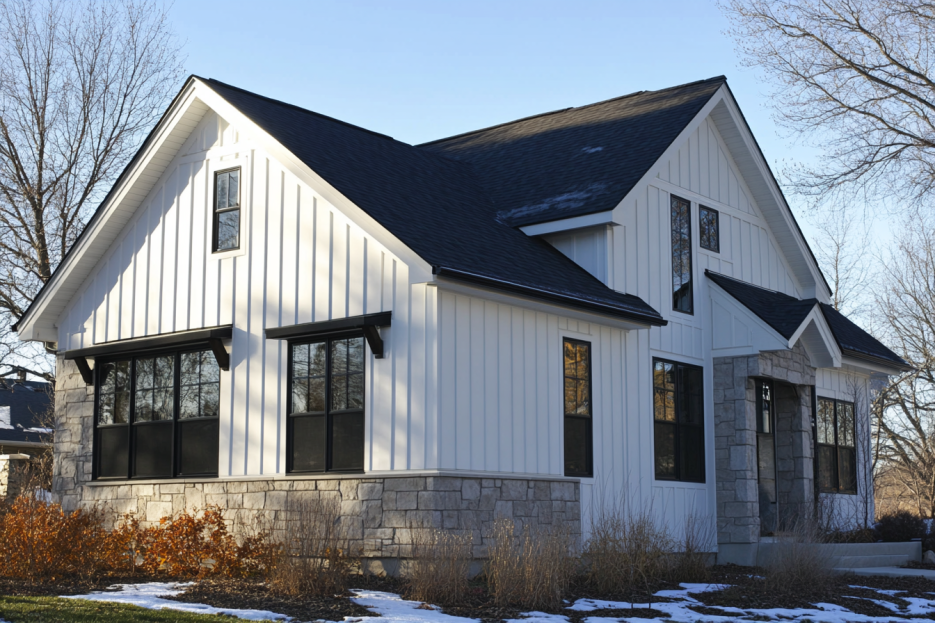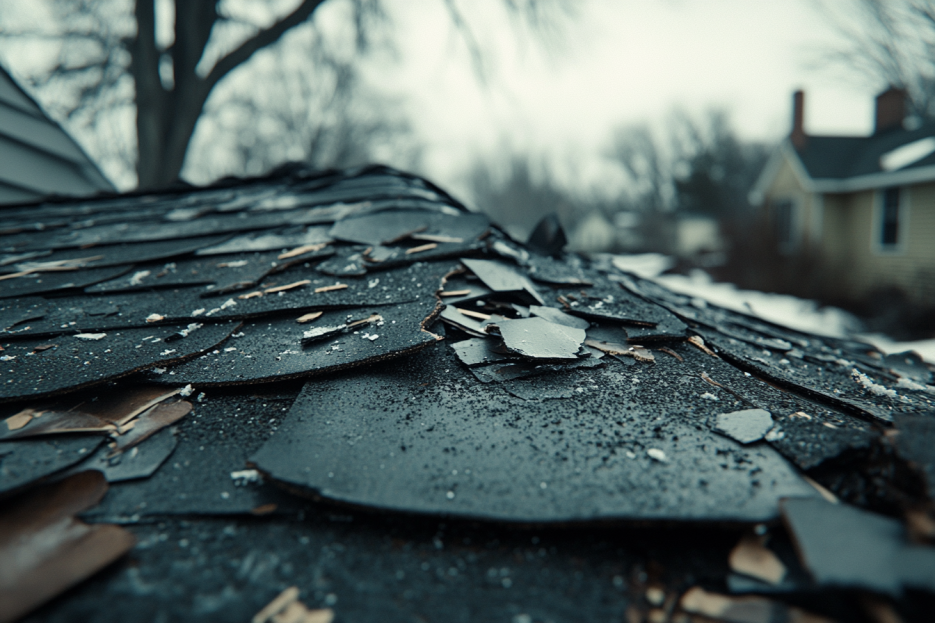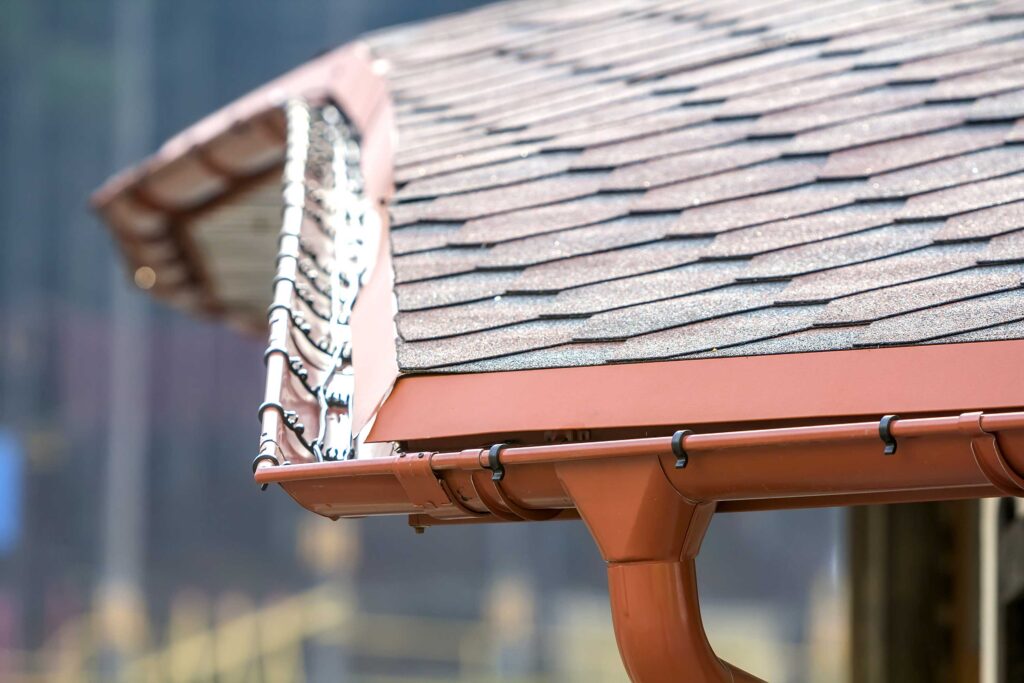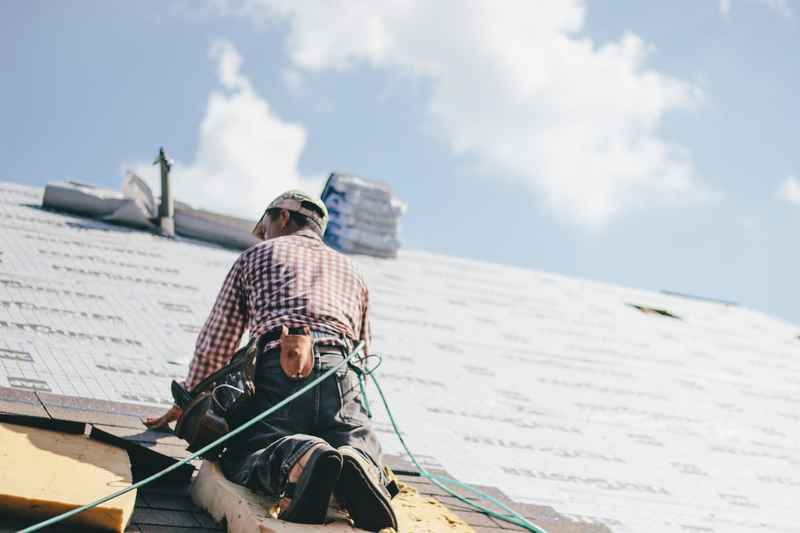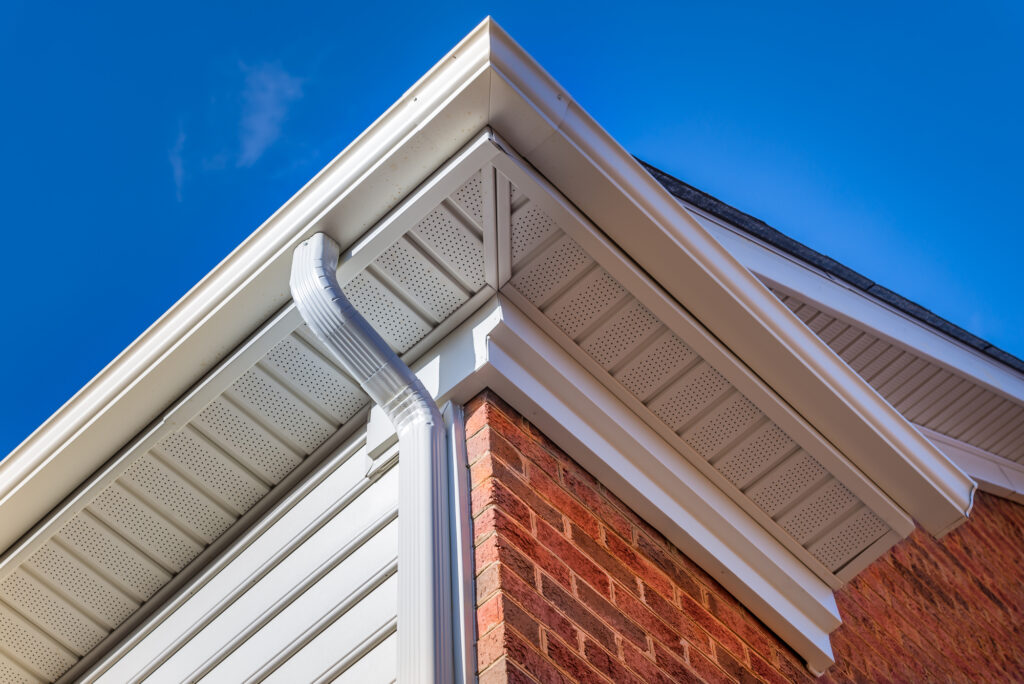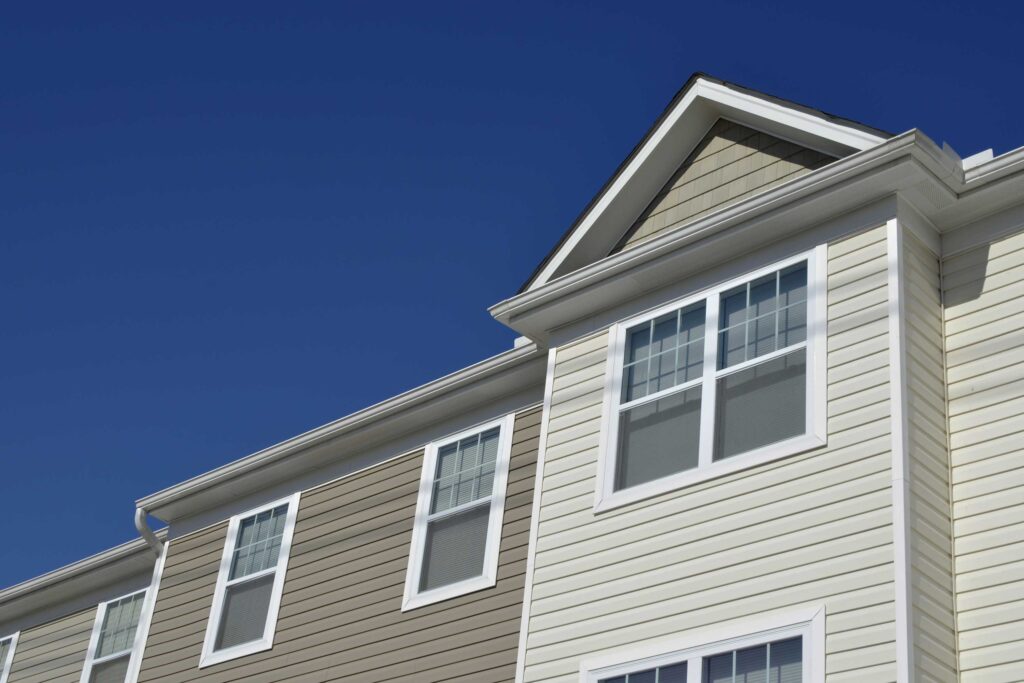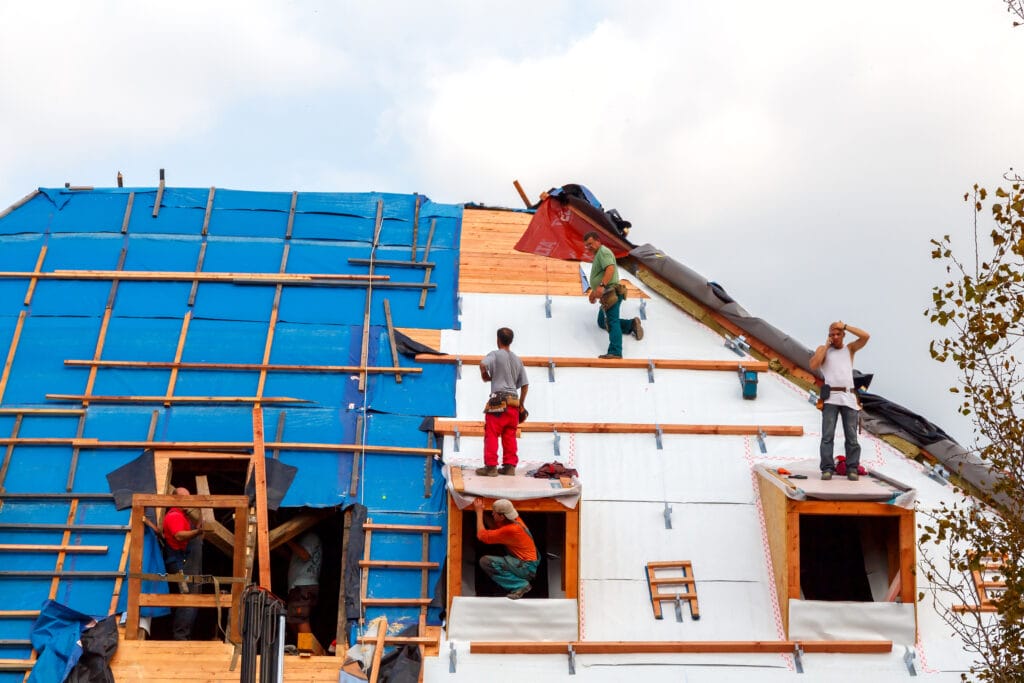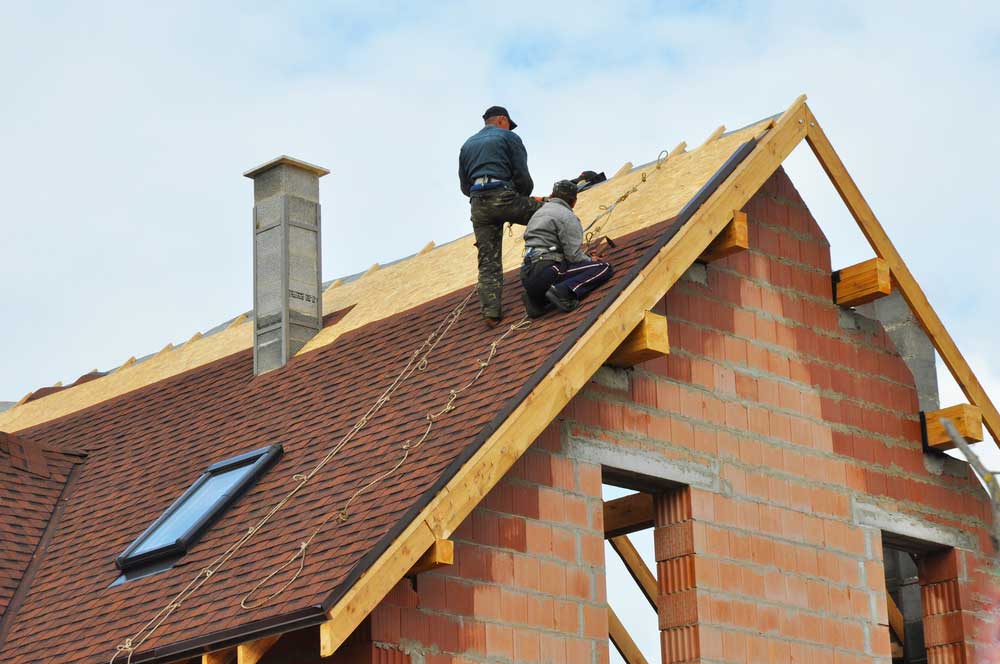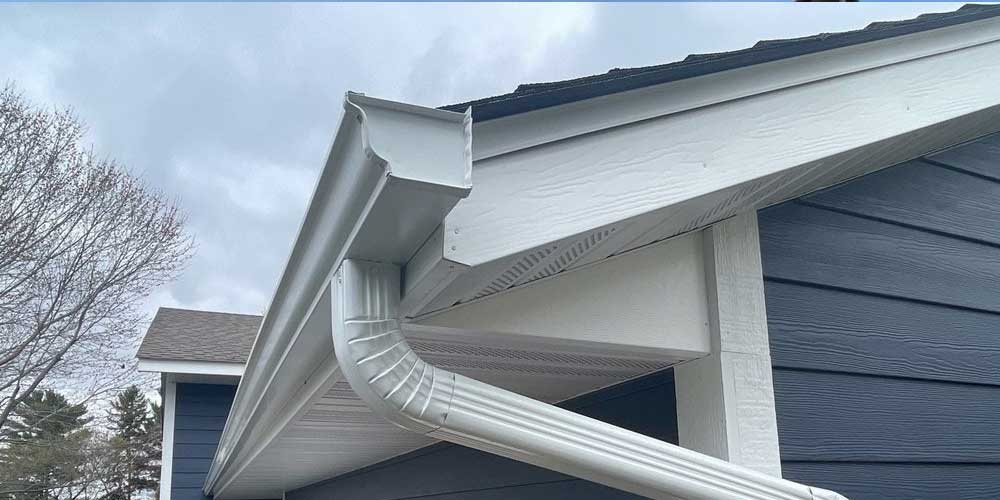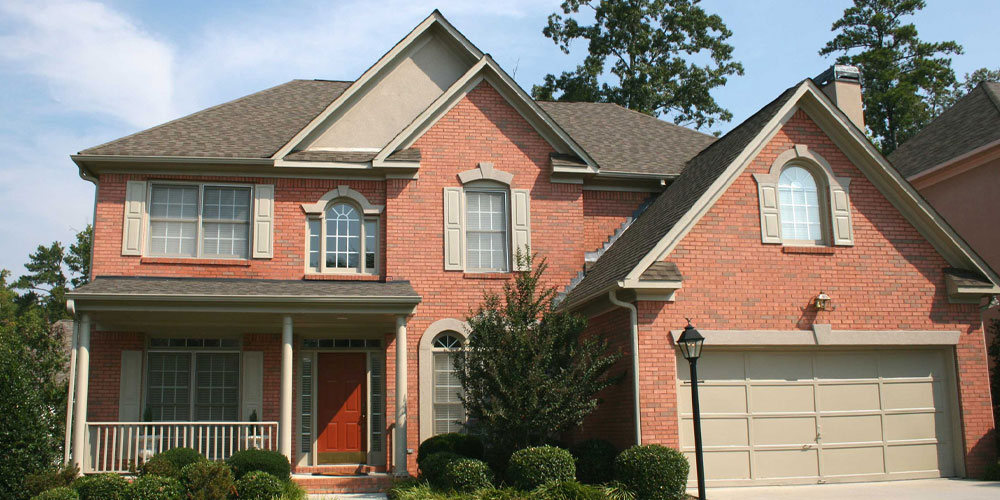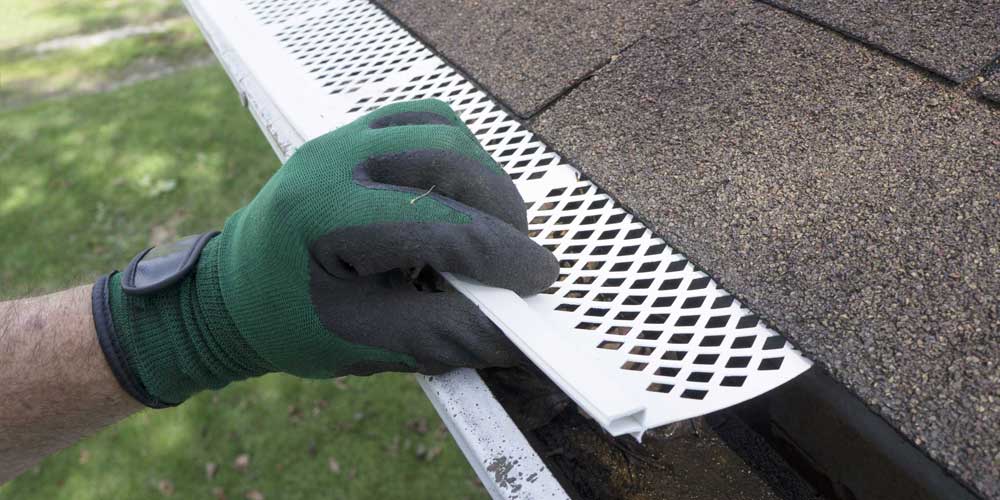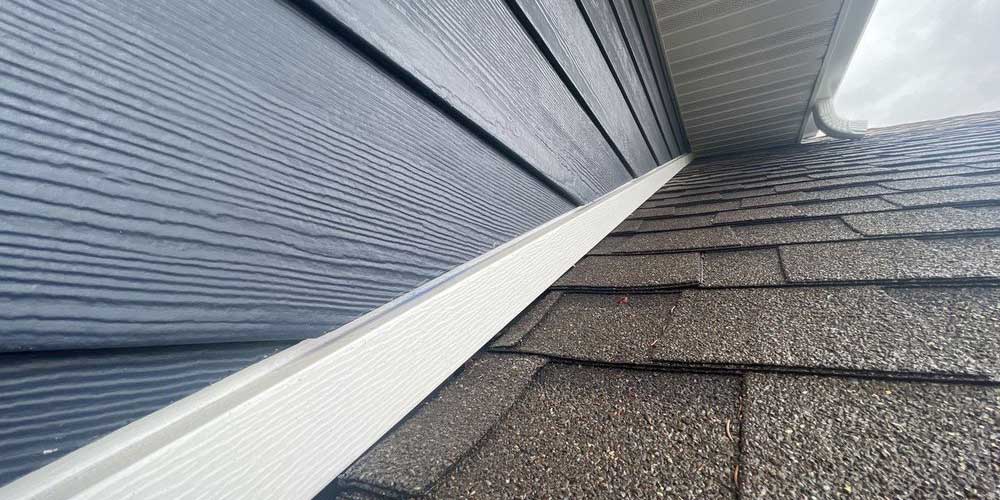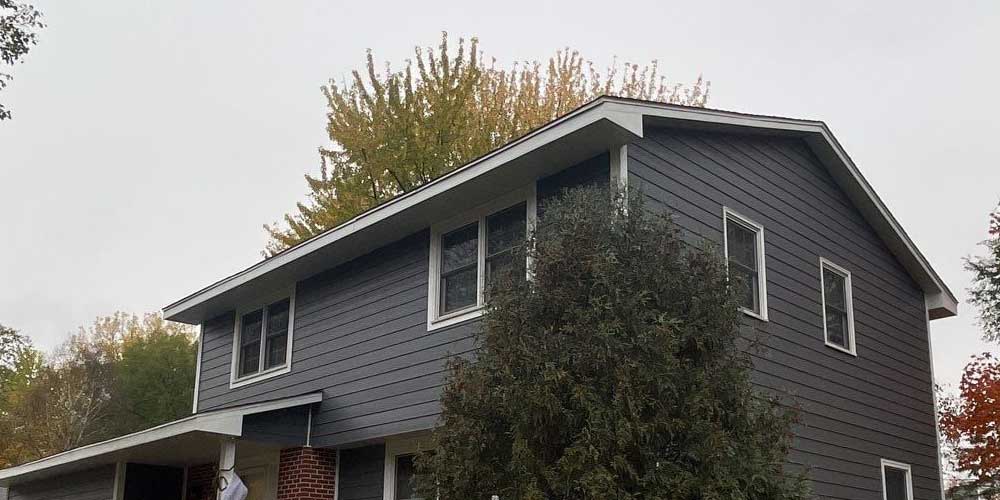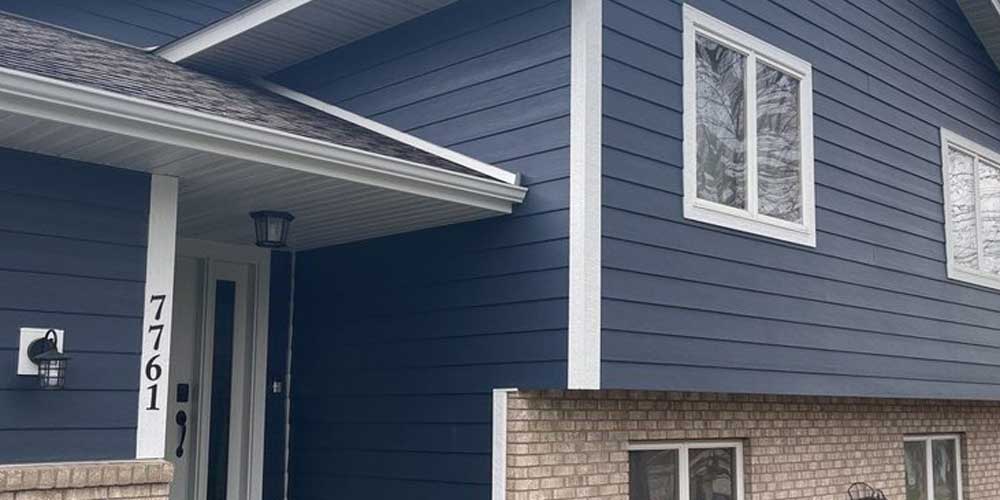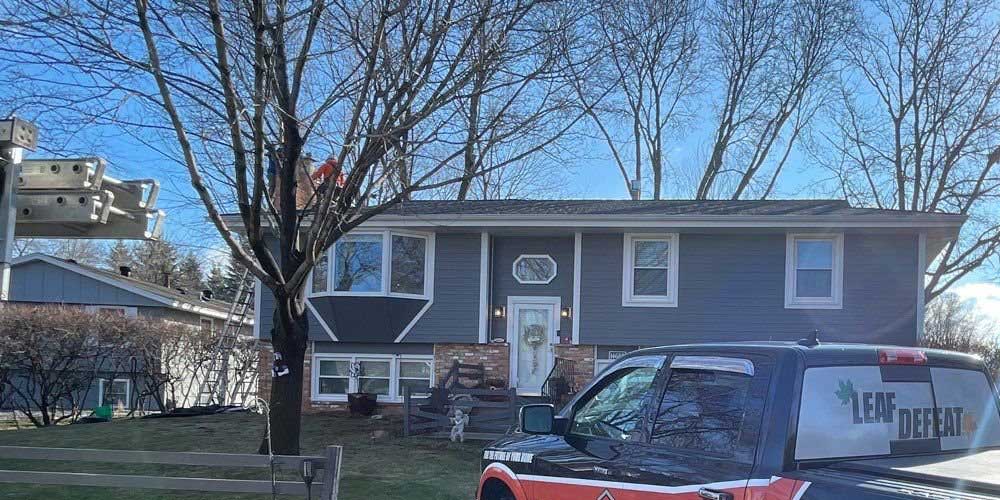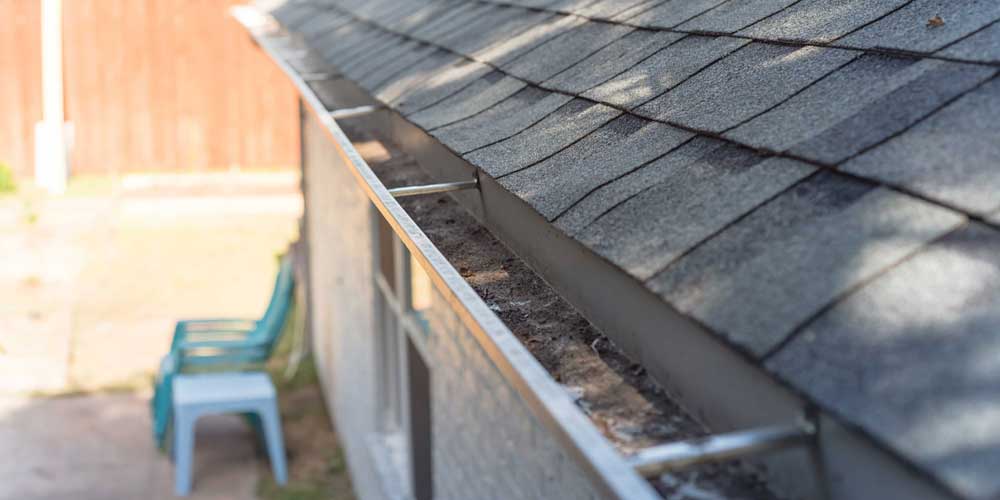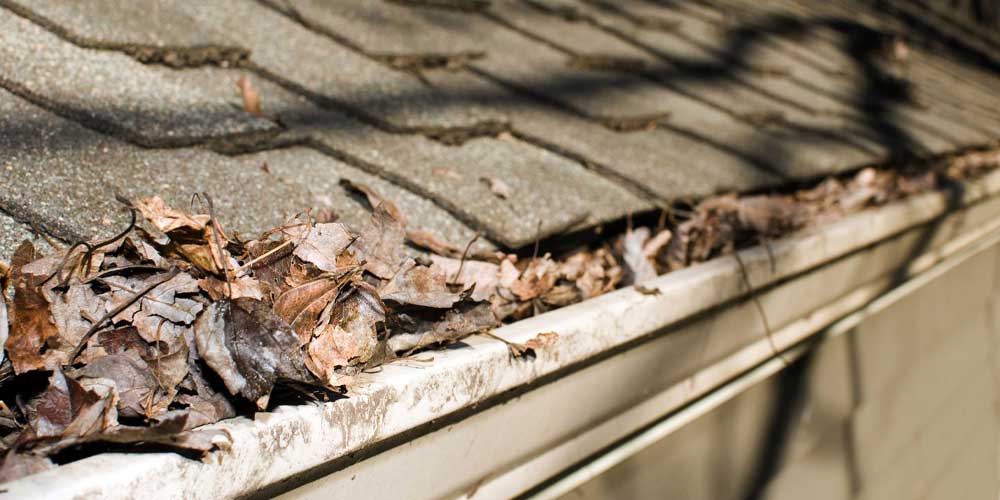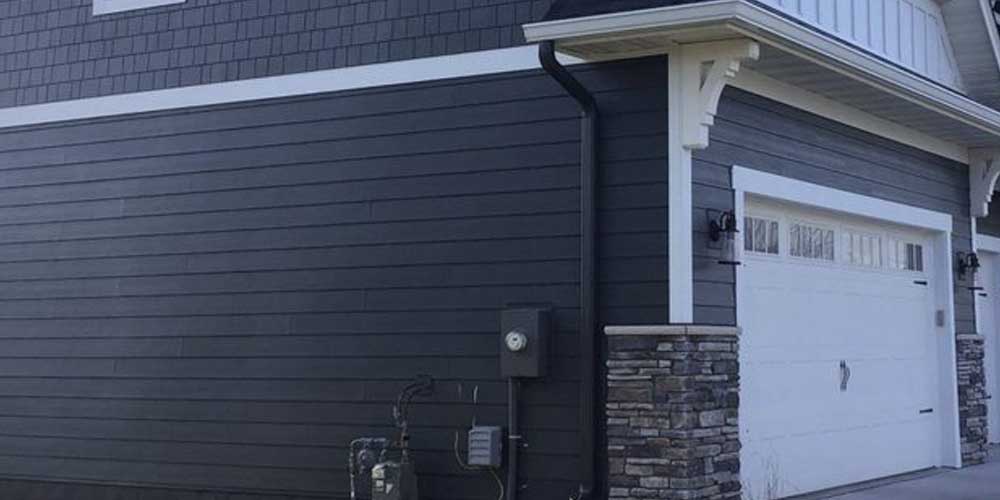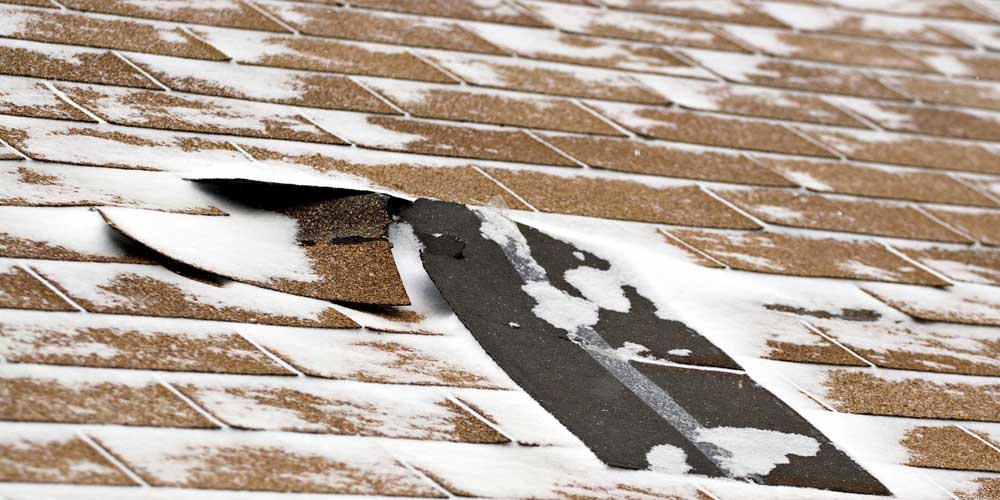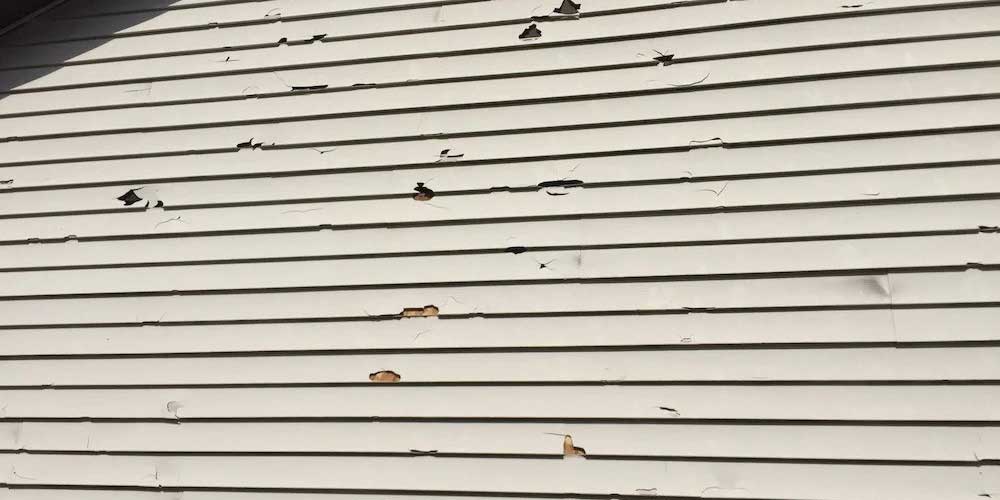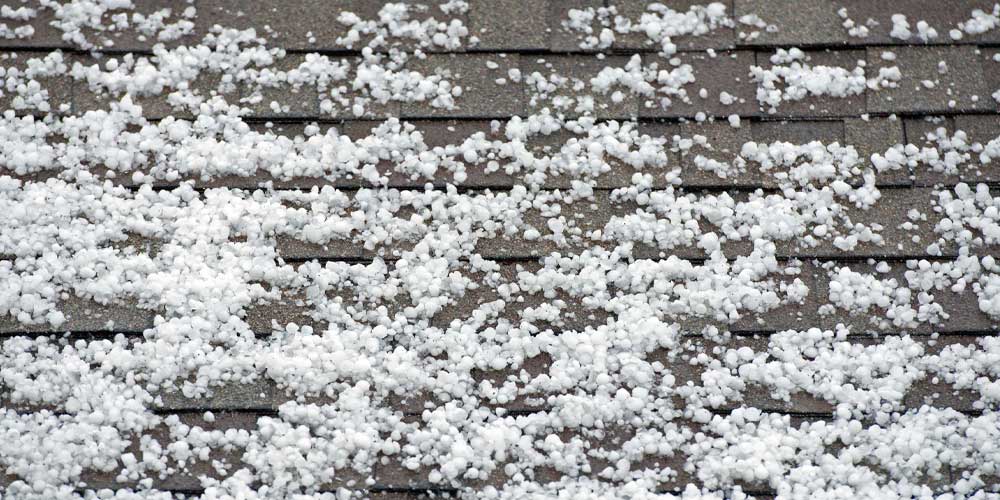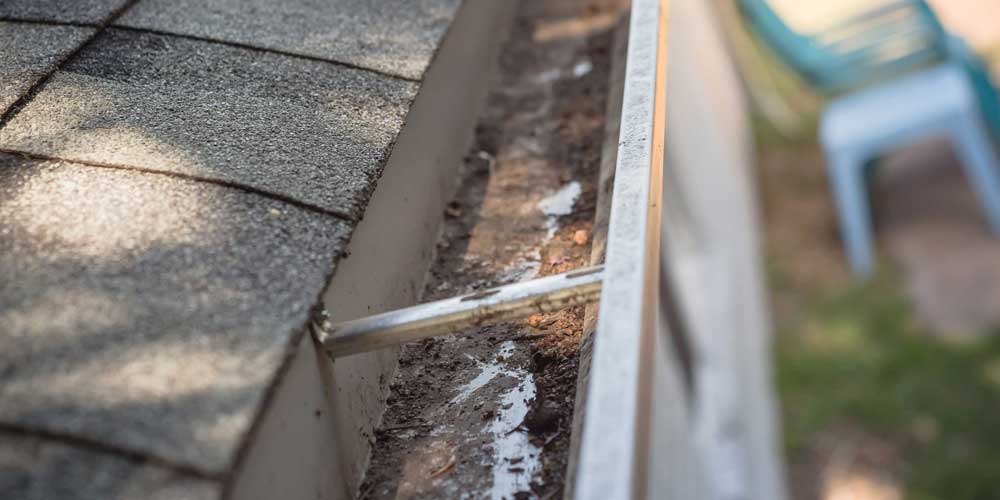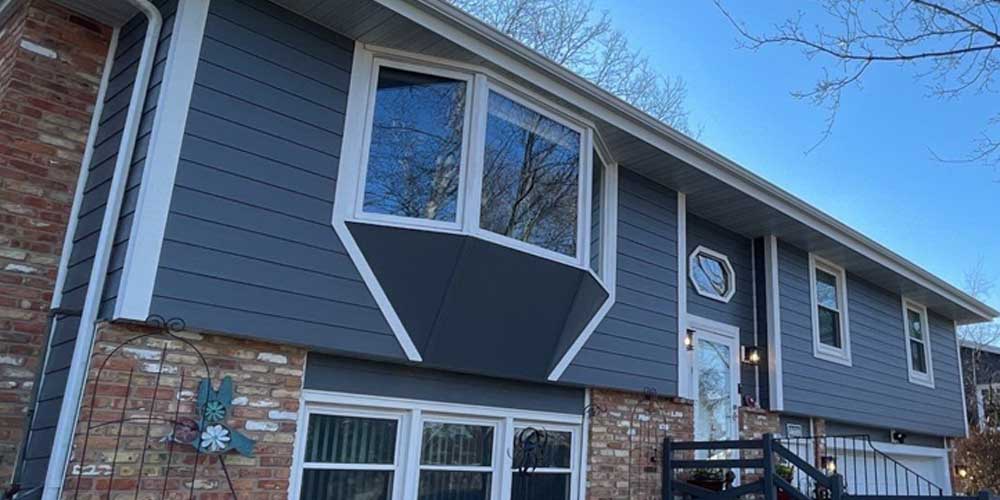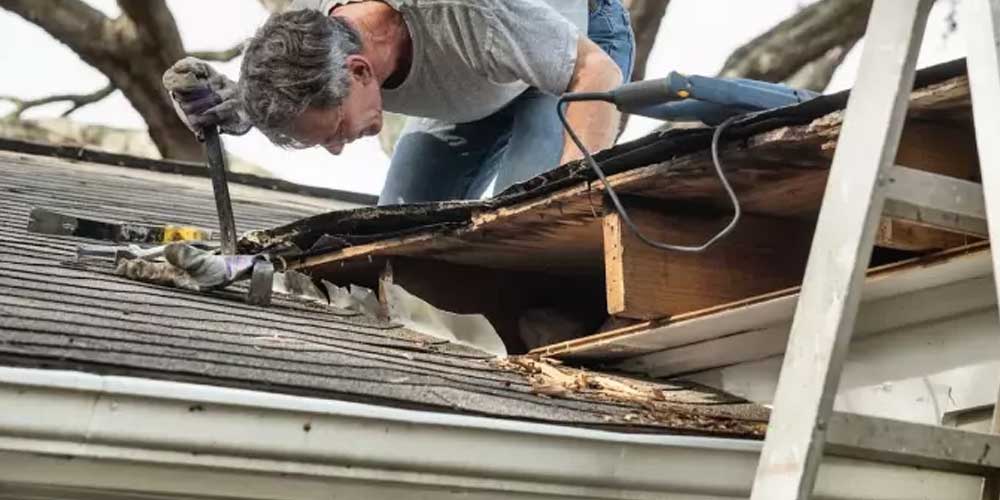BLOG
Low-slope commercial roofing is a popular choice for businesses due to its cost-effectiveness and efficient use of space. Unlike steep-slope systems, flat commercial roofing offers a nearly level surface, making installation and maintenance easier. However,...
Flat roofs are a popular choice for commercial roofing in Minneapolis due to their affordability and space efficiency. However, they are prone to unique challenges that can lead to costly damage if not properly maintained....
Your home’s siding is more than just an exterior covering—it plays a vital role in protecting your home from the elements, improving energy efficiency, and enhancing curb appeal. Choosing the best siding for homes in...
Choosing the right roof is a critical decision for any homeowner. Your roof is not only your home’s primary defense against Minnesota’s tough weather conditions but also a key contributor to its overall style and...
Choosing the right roof for your home can be a daunting task, especially with the variety of options available and the unique challenges posed by the Minneapolis climate. Homeowners in this region need roofing solutions...
Properly functioning gutters are essential for protecting homes in Minneapolis, MN, from the region’s rain and snowmelt. Gutters direct water away from your home, helping to prevent costly damage to your roof, foundation, and landscaping....
Are you considering giving your home a fresh new look? If you’re a homeowner in Minneapolis, you’re probably wondering about the most popular siding color choices that can enhance your property’s curb appeal. Let’s dive...
Minneapolis homeowners know the impact that Midwest storms can have, from intense thunderstorms to heavy snowfalls. When a storm damages your roof, responding quickly and strategically is essential to prevent further damage to your home...
Halloween is one of the most exciting times of the year in Minneapolis. The crisp air, fall colors, and spooky decorations bring out the creative spirit in all of us. And if you’re thinking about...
When it comes to choosing the right roof color, homeowners in Minneapolis have some pretty sophisticated tastes. Whether you’re looking to boost curb appeal, enhance energy efficiency, or simply complement the style of your home,...
Gutters are essential. They protect your home from water damage and preserve its structural integrity. But installing or replacing gutters comes at a cost. Knowing what to expect when it comes to new gutter costs,...
Replacing your roof is a crucial home improvement project that can significantly enhance your property’s safety, energy efficiency, and curb appeal. In regions like Minneapolis, where harsh weather conditions can affect your roof’s durability, timely...
Many homeowners focus on high-visibility projects like kitchen remodels or landscaping when considering home improvements. However, new gutters are an often-overlooked upgrade that can significantly enhance your home value. This blog explores the benefits of...
New siding installation costs around as little as $20,000 and up to $30,000 in Minneapolis. Siding installation provides aesthetic and practical benefits that will enhance appearance, durability, and efficiency in your home. Average Cost of...
When it comes to roofing projects, whether a quick repair or a complete overhaul, the expertise of your chosen contractor can make all the difference. Local contractors, like Minneapolis’s own 22nd Century Roofing, bring many...
Is it time for a new roof for your home in Minneapolis? Well, you’re in the right place! The Minneapolis climate can be volatile and ranges from harsh winds and snow to hail and ice...
Winterizing your gutters is essential to prevent ice dams, blockages, and potential gutter-related issues or damage to your home during the cold winter months. Homeowners who are proactive about cleaning their gutters before the winter...
These summer storms have taken their toll on roofs in the Twin Cities. The latest storm was even reported to have caused the most widespread damage in years. From ping pong ball size to significantly...
An important yet often overlooked spring cleaning task for the exterior of your home is inspecting your gutter system for the upcoming seasons and their elements and making sure it is in proper working order....
Cleaning and examining your roof is necessary for your home’s exterior maintenance and should be done each year. The elements, especially in the fall and winter months, can take a toll on your roof, exterior...
When it comes to having a new roof, siding, or gutter system installed or repaired on your home, you want to ensure it is done right and done right the first time. This starts and...
As the U.S. has many unique climactic qualities, there isn’t a one-size-fits-all option for siding. However, whether you live in the humid weather of Florida, the dry heat of Arizona, or below zero temps in...
In 2010, the Minnesota Legislature passed a law prohibiting residential building contractors and remodelers from offering to pay all or part of a homeowner’s insurance deductible or offer anything of value to convince a homeowner...
Now that spring is here, it is time to get outside, start your exterior spring cleaning, and evaluate what the cold weather months may have done to your home. Cleaning your roof is an essential...
When it comes to spring cleaning your house and yard, it is important to remember to add ‘clean gutters’ to your list. Since a properly functioning gutter system protects your home and its foundation from...
Vinyl siding doesn’t only look great on your house; it brings great value. It is a reliable and stunning type of exterior siding offering the lowest life cycle cost over a home’s life. And, while...
Winter is here, and with it comes snow and ice that can cause severe damage to your roof. One of the best ways to help prevent the following damages is to perform self-inspections before and...
The average lifespan of siding is dependent on the type of material, the installation process, and its surrounding climate and its elements. But, you can keep your siding in its best shape over the years...
Winter is approaching, and it’s essential to prepare your home for the harsh weather conditions that come with it. While many of us focus on insulating pipes, sealing windows, and preparing heating systems, we often...
We have seen the last summer days, and fall is just around the corner. With the beautiful Minnesota fall colors comes colder temperatures and falling leaves that create more work for you in your home...
When choosing a contractor for your roofing or siding needs, there are many contractors to choose from in the Twin Cities. Of course, you want to be sure you are selecting a first-rate contractor that...
During the past few months, we have had damaging storms in the Twin Cities. Suppose your home has been affected by the destructive elements. In that case, you already know some of the questions that...

